 back to projects
back to projects 
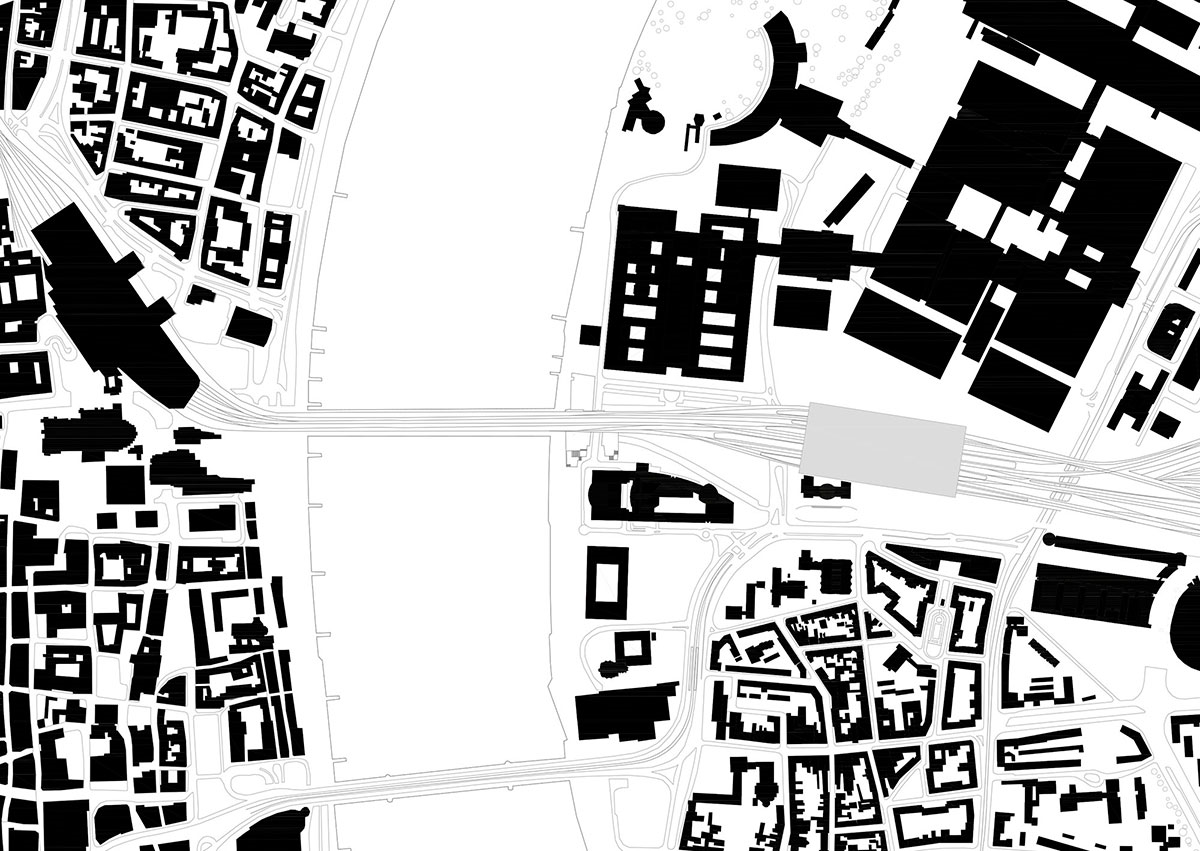

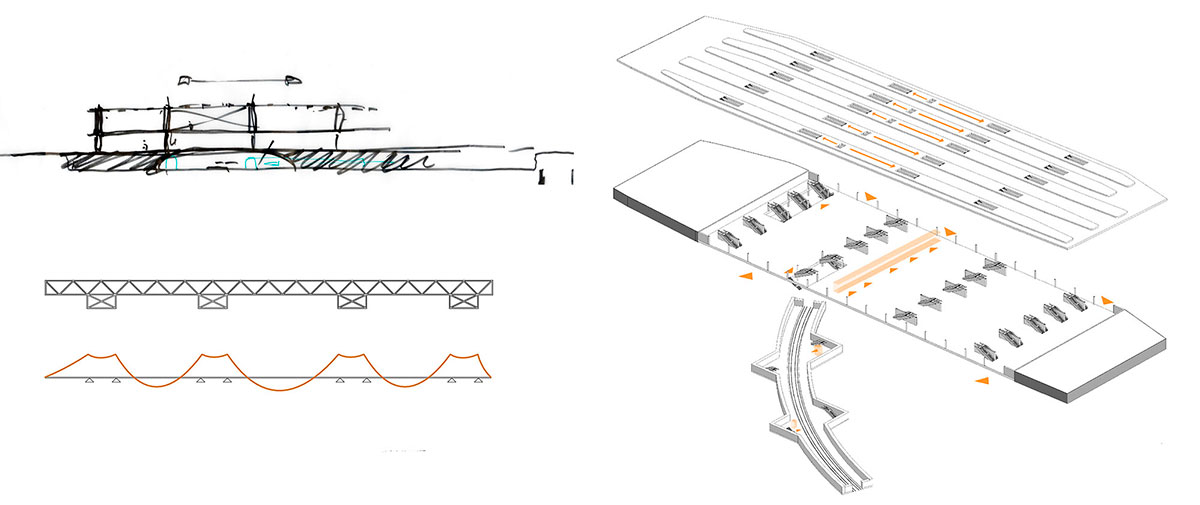

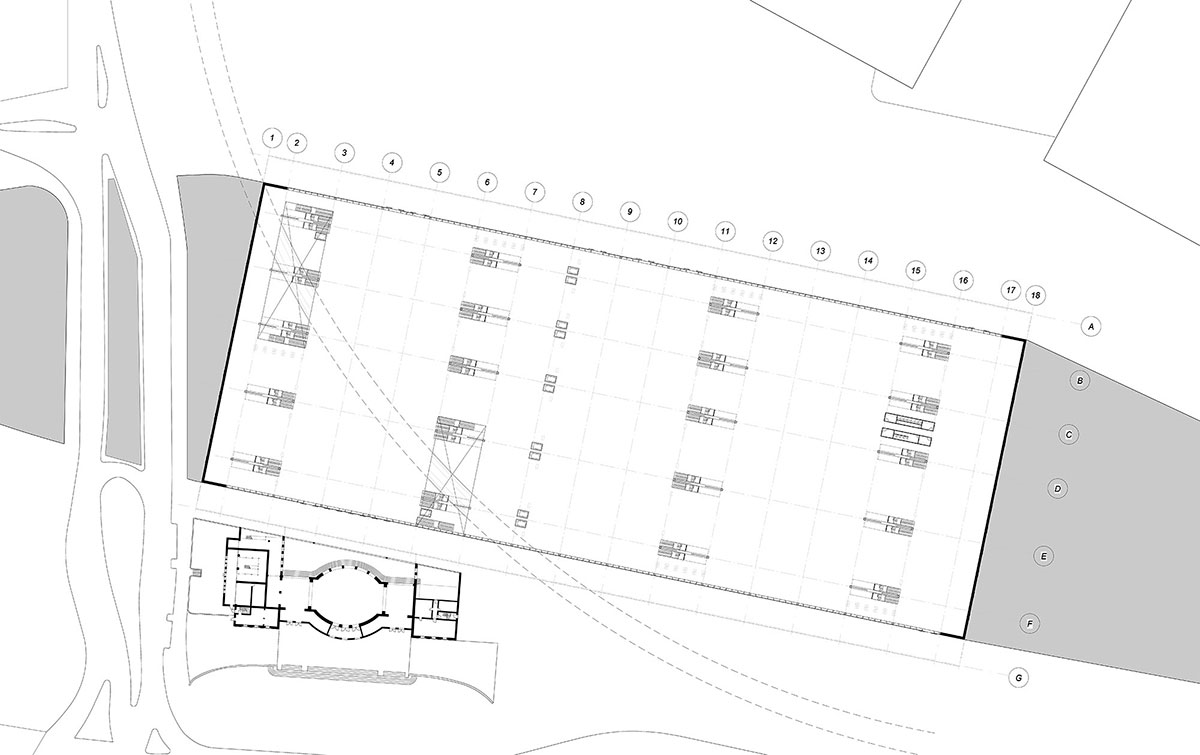
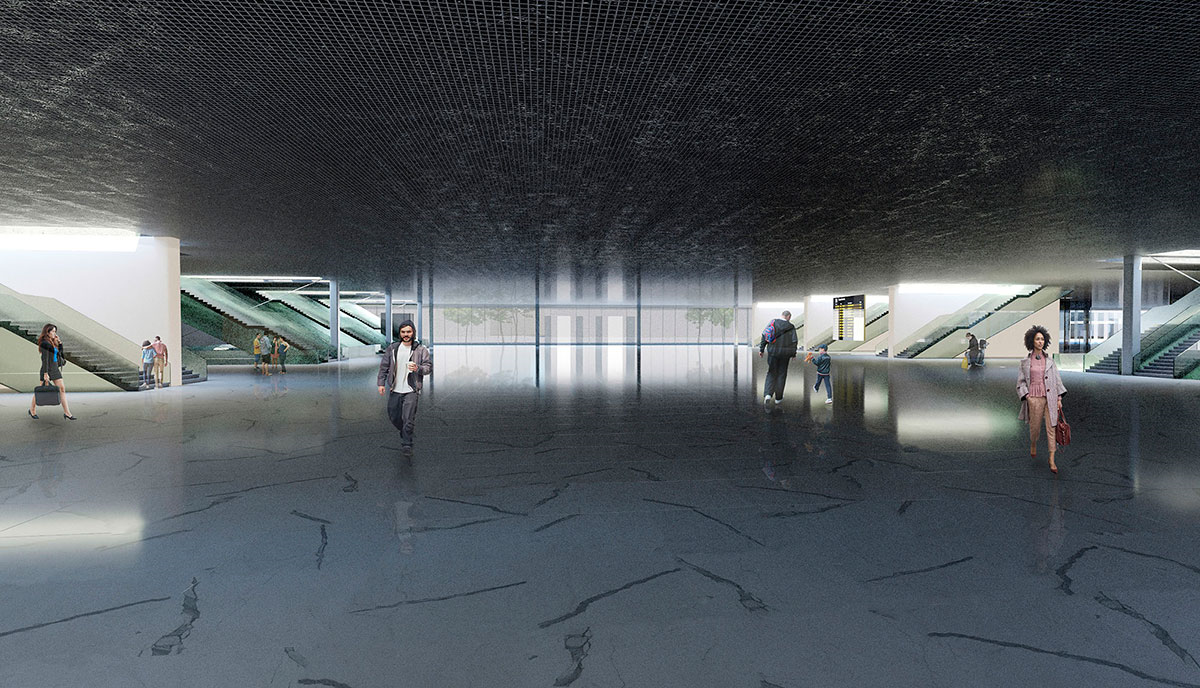

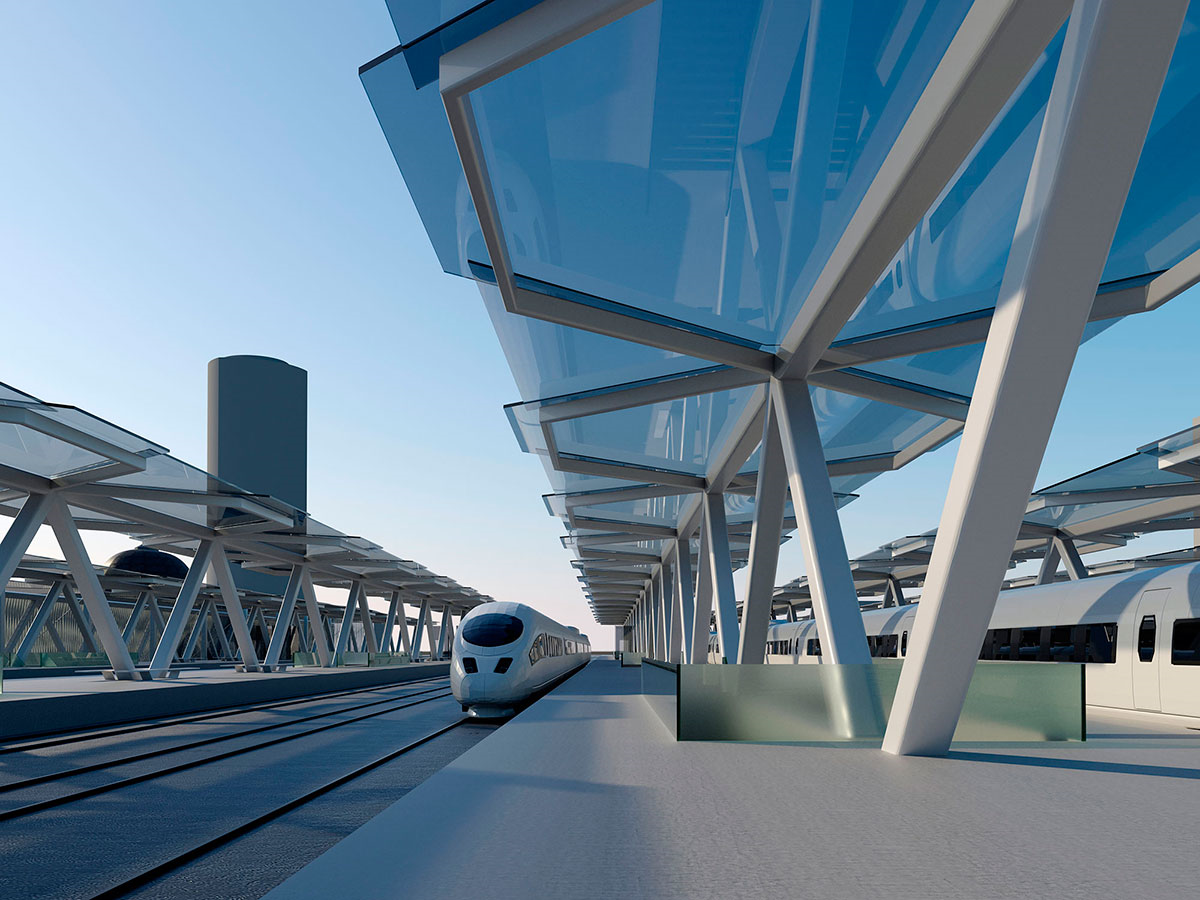
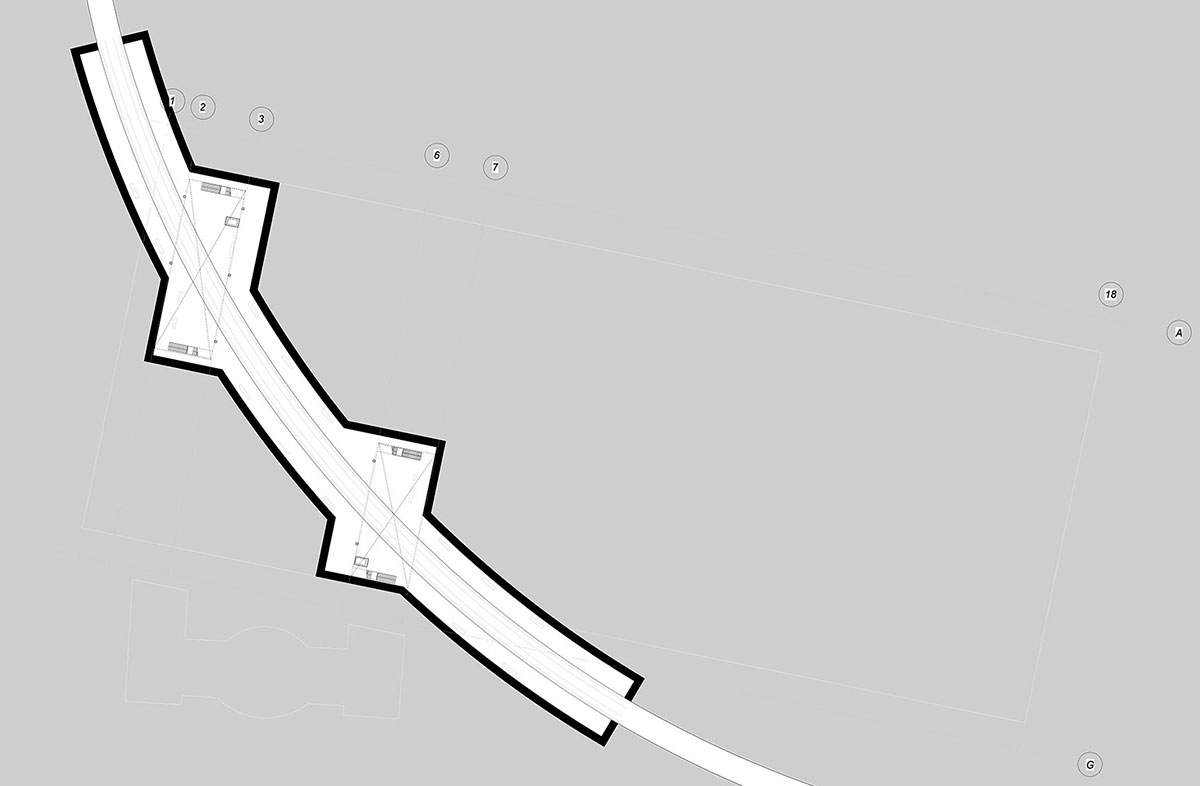
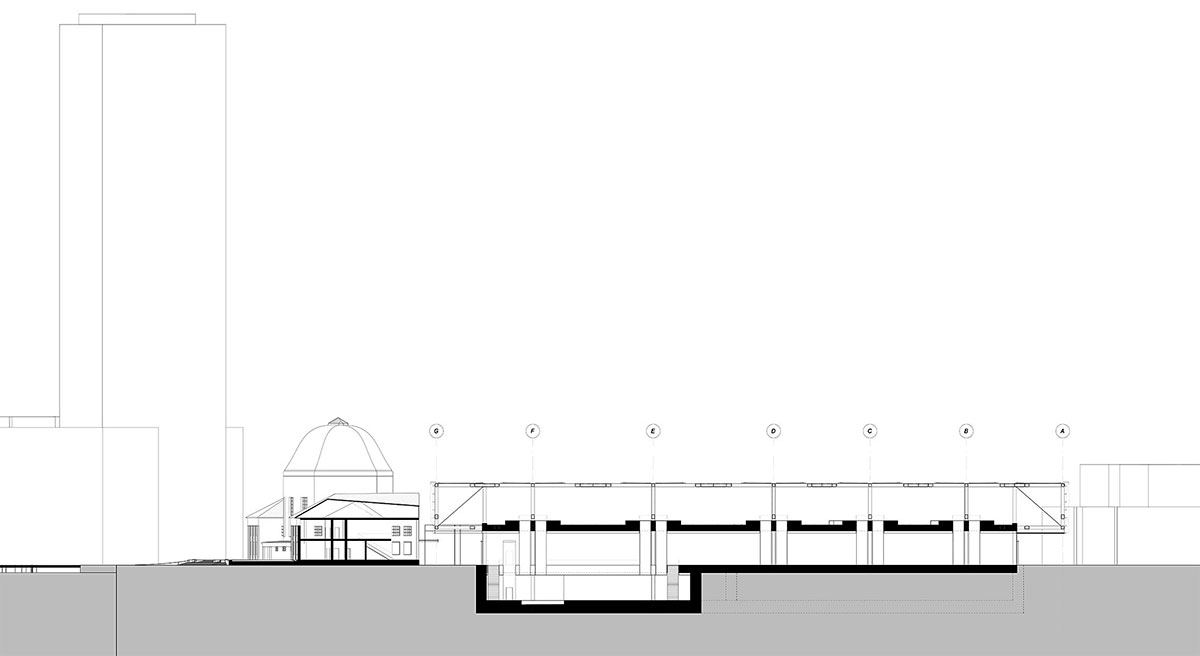




The new train station Köln Messe / Deutz with the historic bridge of Hohenzollern forms a new ensemble and an important knot: creating a gateway and the main axis of traffic to the city of Cologne. The challenge is sensitive to the manipulation of the historical values of the population and a reinterpretation of a modern transport system. To create a clear, well-connected and orientated connection concept and structure between the northern part (Fair where public events take place) and the southern part (city), together with the ICE and metro connections. In this context, the principle of design and materiality of the bridge will prevail for the design. The complex longitudinally reaches a new system of main structure of metallic trusses, with a height of 8 m; transversally protruding from the volume, from the ground floor, and creating a system of roof type porcho. The secondary structures join and stabilize the main structure. This allows us a length of 60 – 80 m of free space without pillars. Since the tracks are at bridge level, the ground floor level offers an opportunity for orientation and rapid development. Along the ground floor, at the points of support structure, was designed barrier-free access for the platforms. The ICE tracks are passed to level one, creating a direct and orientative connection with two openings on the ground floor, also serve to illuminate the high-speed tracks. The attractiveness of the open spaces and the constructive permeability are intended to make the station an attraction for all visitors. The existing historic building managed to separate (cut) cleanly from the new building through an articulation: with a large glass façade. The ground floor is glazed on the north and south façades, so with a minimum interruption it retains a visual connection to the exterior. The protruding façade interprets it as a visual discourse between time and space. This chromatic dialectic between the spectator and the designed work changes (Moiré effect). The metallic slats produce an interaction of perception as a function of the intensity of light, and the movement of the observer. Depending on the angle of the spectator one can experience the veiled structural whole or just the conjecture. Especially at night beneath the play of light and colour in the transparent envelope the trains appear as silhouettes, creating an impressive scene.